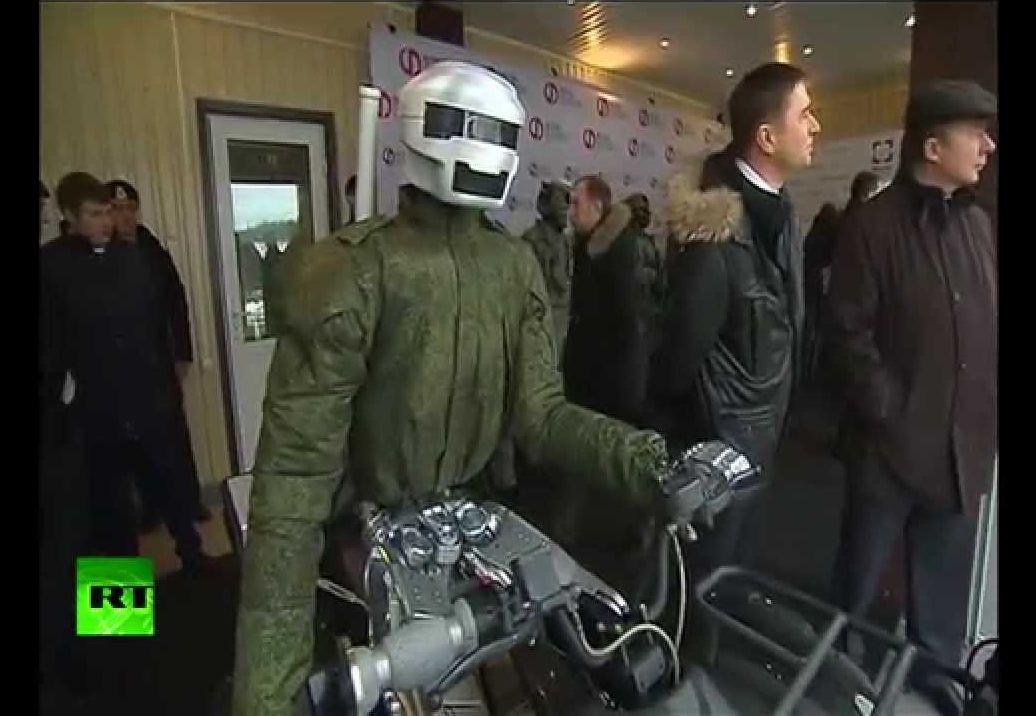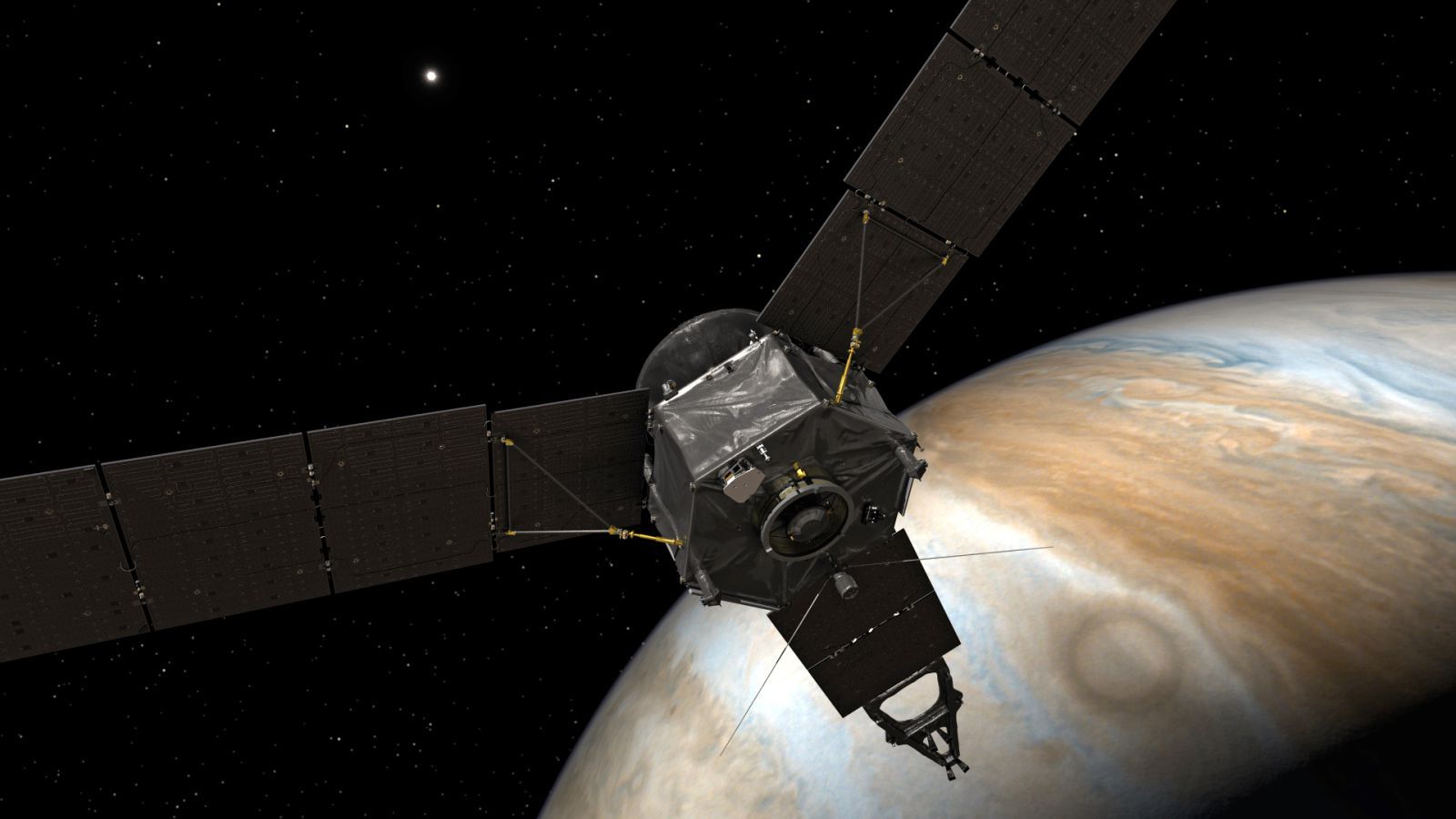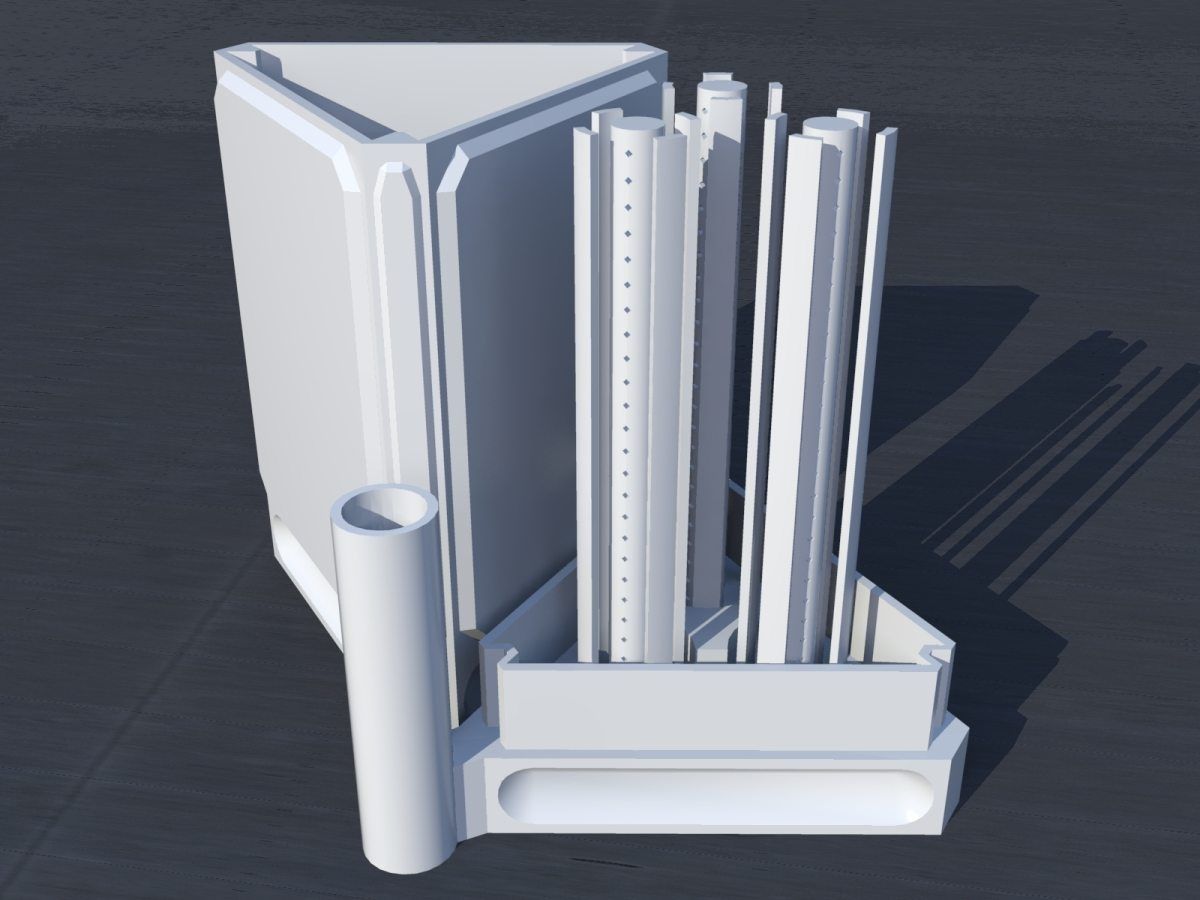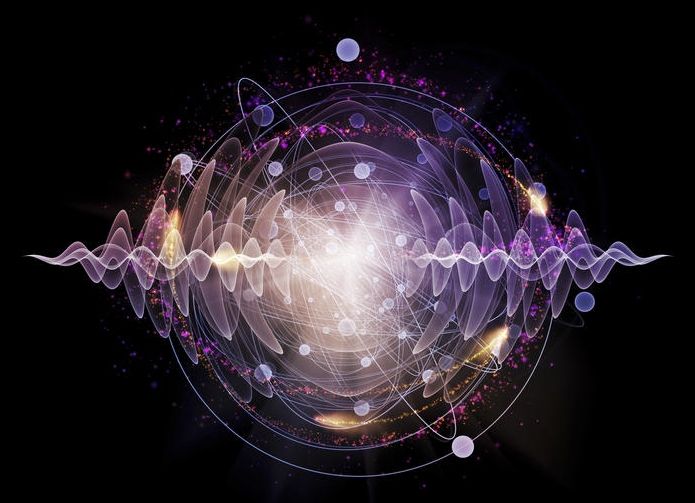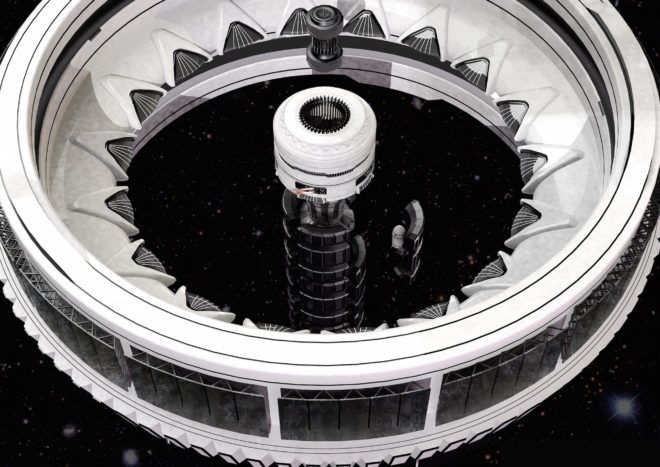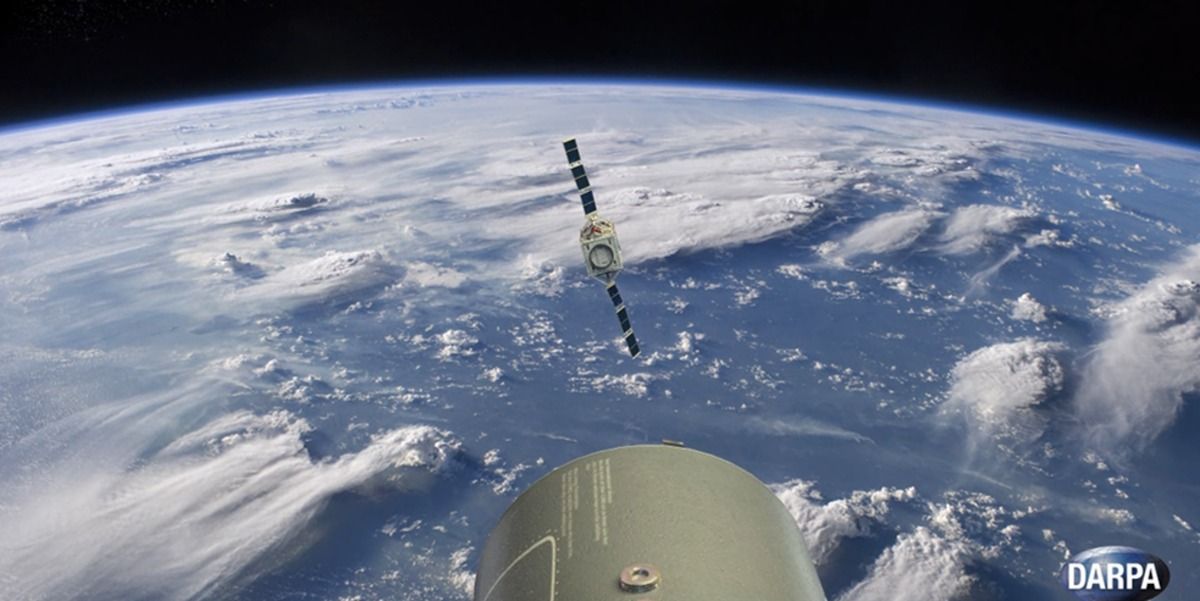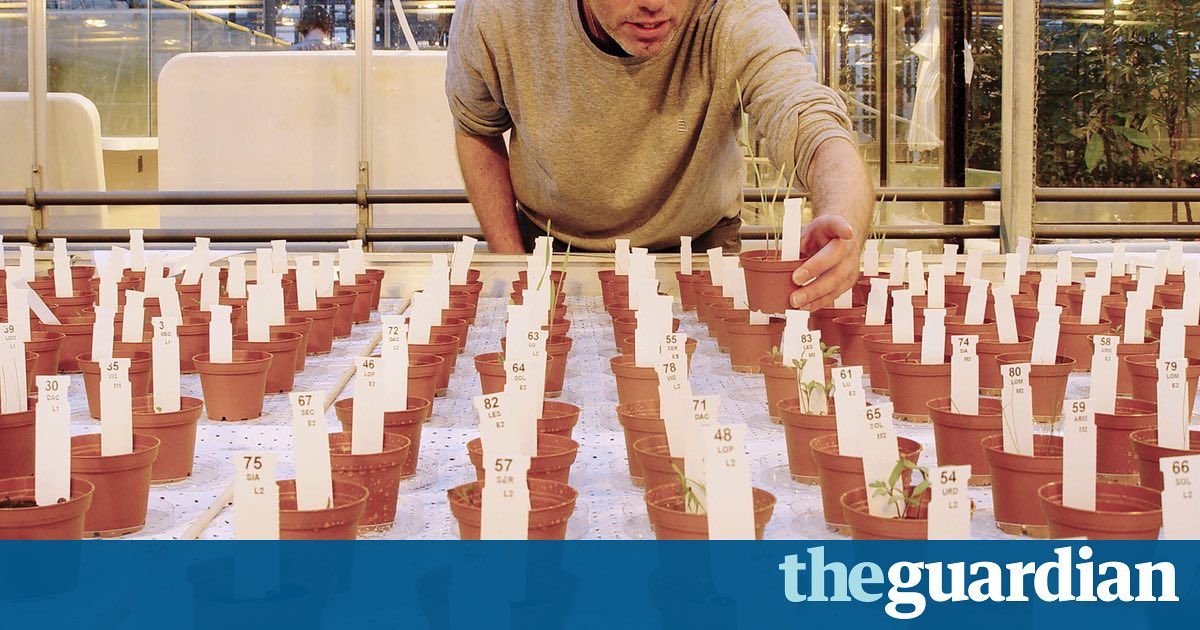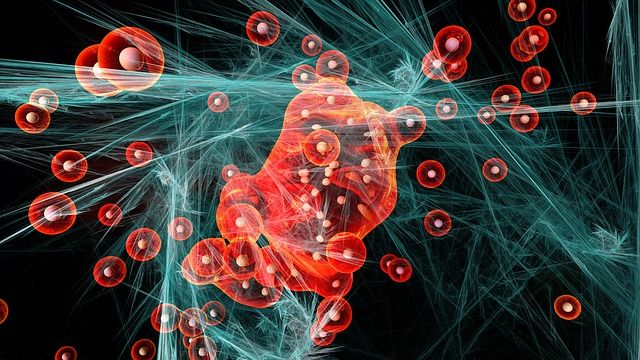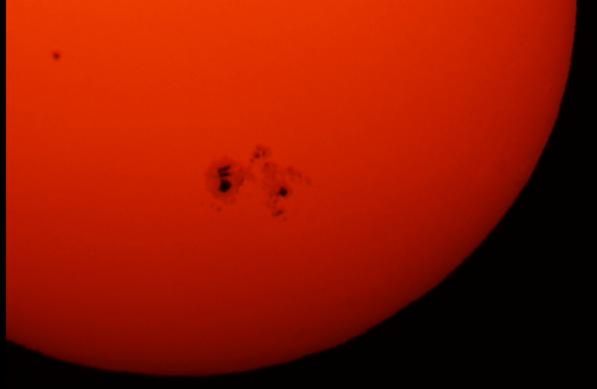Definitely could be tied to and explain some of IARPA’s investment in predictive systems “Robots to determine outcome of future wars: Russian army’s tech chief”
Robots will replace conventional soldiers on the battlefield in the future, says the Russian military’s tech chief.
“I see a greater robotization [of war], in fact, future warfare will involve operators and machines, not soldiers shooting at each other on the battlefield,” RT quoted Lieutenant General Andrey Grigoriev, the head of Russia’s Advanced Research Foundation (ARF), as saying on Wednesday.
Noting that days of conventional warfare are almost numbered, he stressed that the outcome of future wars would be determined by “powerful robot units fighting on land, in the air, at sea as well as underwater and in outer space.”
